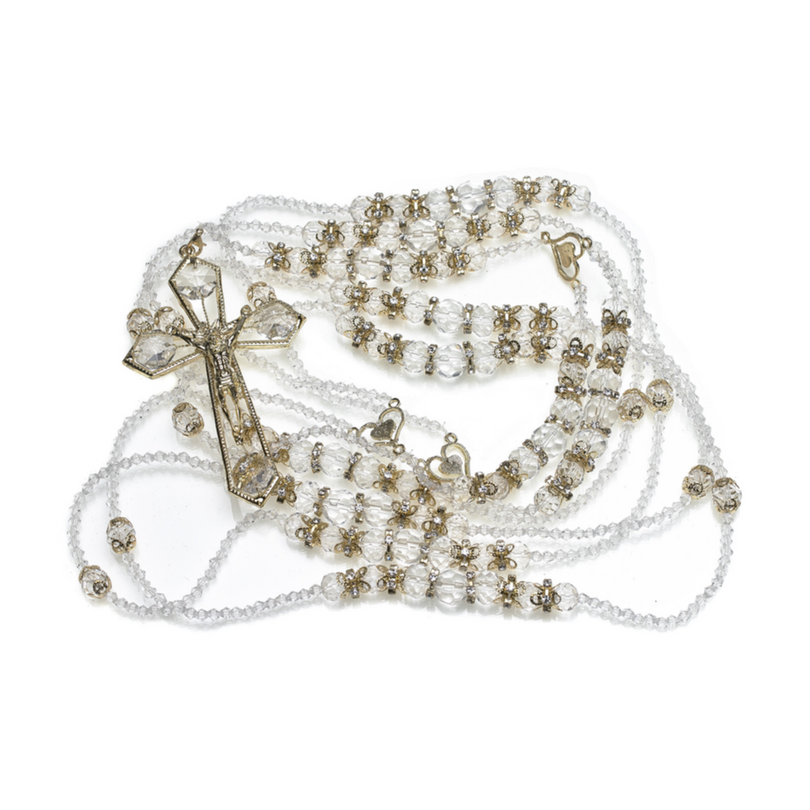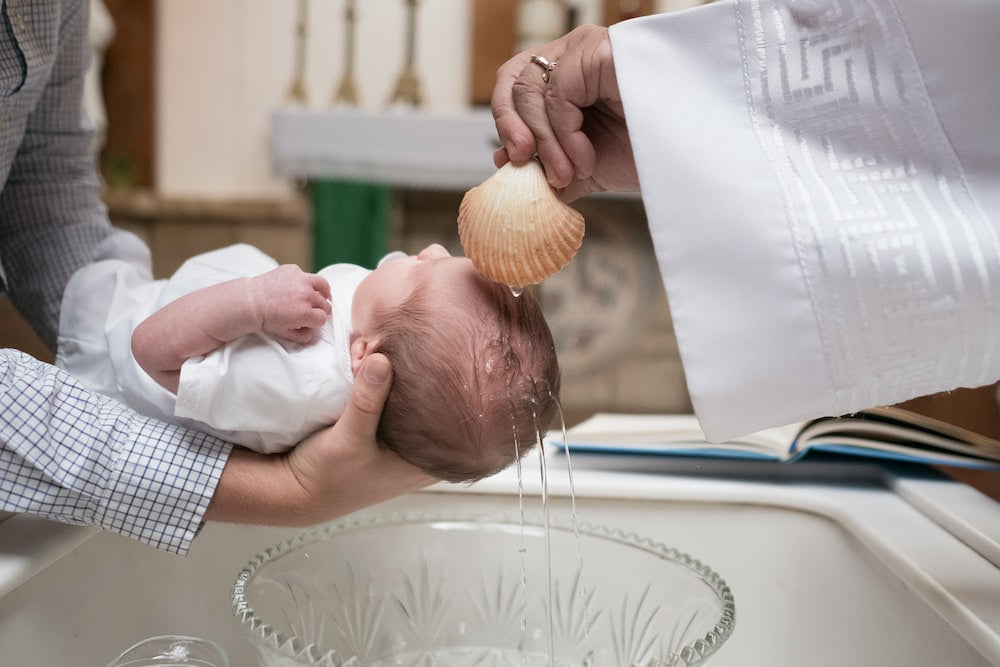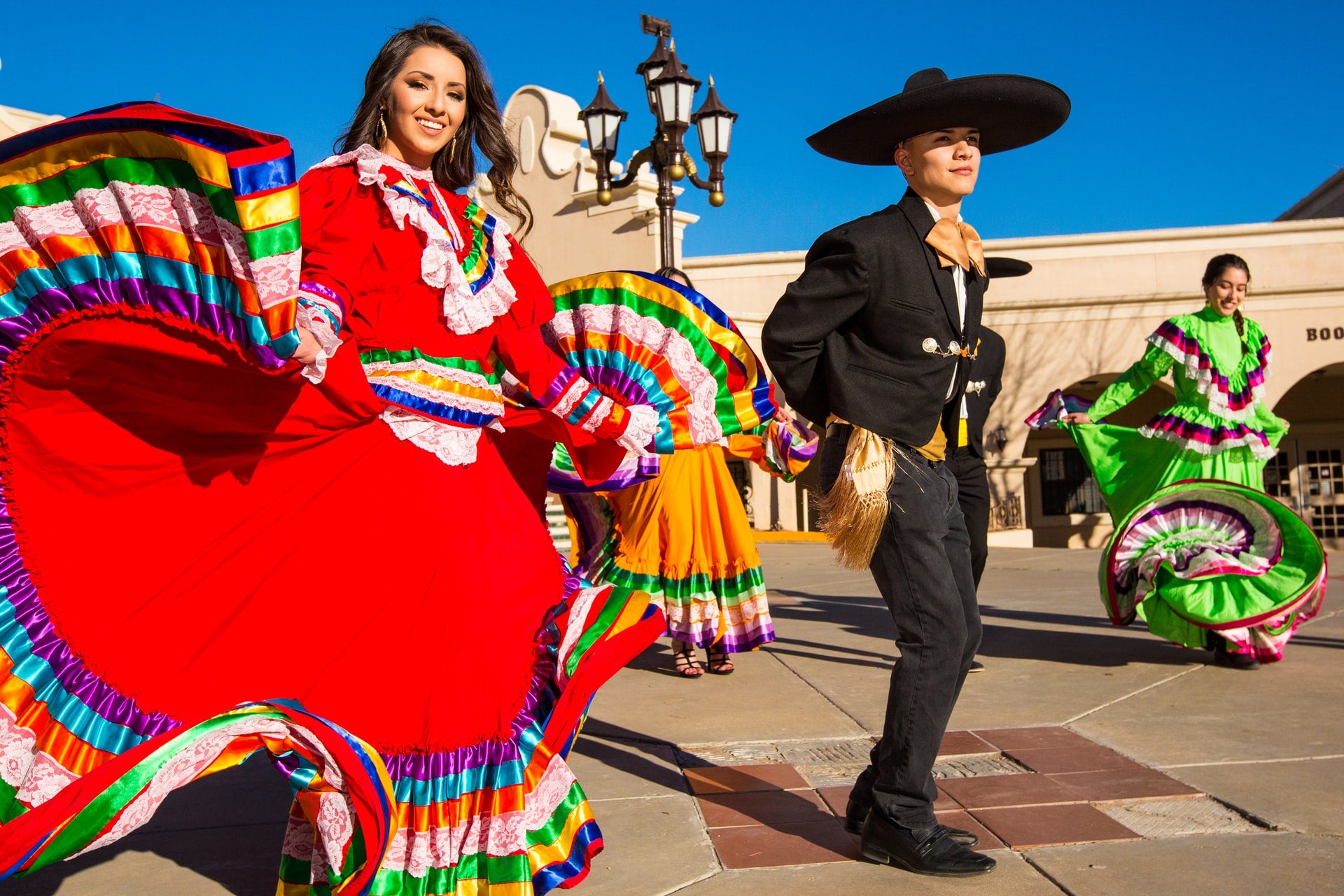Question About Baptism? - Exploring Faith Facts and Traditions?
Baptism is one ritual that most Christians and other religions agree on. But what is baptism, exactly? And why is it such an important ritual for many people? Here's a look at the history and meaning of baptism.
1) What is baptism and its origins?
Originally, baptism was a Jewish rite of passage, involving full immersion in water. This symbolic act signified the cleansing of the soul and a fresh start in life. When Christianity began to spread throughout the world, baptism became an important ritual for new converts. In the early years of the church, baptism was usually reserved for adults who had made a conscious decision to follow Christ. However, over time, the practice of baptizing infants became more common. Today, baptism is considered an important sacrament in many Christian denominations. Although the details and traditions vary from one church to another, the basic symbolism remains the same: baptism is a sign of new life in Christ.
2) How is baptism performed?
Baptism is an important sacrament in many Christian denominations. It is typically performed on infants, but it can also be performed on adults who have not been previously baptized. The sacrament of baptism is thought to cleanse the soul of original sin and to welcome the person being baptized into the community of the church. There are a variety of ways in which baptism can be performed. The most common method is by sprinkling water on the head of the person being baptized, but some churches practice immersion, where the person being baptized is completely submerged in water. In some cases, special oil may be used instead of water. Whatever the method, baptism is always a special and meaningful event.
3) What are the benefits of baptism?
For many people, baptism is an important religious rite that marks the beginning of their journey of faith. While the specific details and traditions vary from denomination to denomination, the general idea is that baptism is a way of cleansin sin and starting fresh. For many, it is also seen as a way of publicly declaring their belief in God and their commitment to following His teachings. In addition, baptism can be seen as a symbol of new life and hope, as well as a reminder that we are never alone because God is always with us. Whether you are being baptized yourself or you are witnessing the baptism of someone else, it is sure to be a moving and impactful experience.
4) Who can be baptized?
Baptism is an important religious ritual for many Christians, and there are a variety of traditions and practices associated with it. In general, baptism is seen as a way of welcoming a new member into the church community. For this reason, most Christians believe that only those who have made a conscious decision to follow Christ should be baptized. This means that infants and young children are usually not baptized, as they are not considered to have the ability to understand and make such a commitment. However, some churches do practice infant baptism, believing that it is a way of honoring the parents' faith and providing a child with a strong foundation for their future spiritual life. Ultimately, the decision of who to baptize is up to the individual church community.
5) What is the meaning of baptism?
Baptism is an important rite of passage for many Christians. It is seen as a way to cleanse oneself of sin and to start fresh with a clean slate. For some, it is also a way to publicly declare their faith in Christ. There are many different traditions surrounding baptism, but typically it involves being completely or partially submerged in water. This can be done either by immersion (being completely submerged) or by affusion (having water poured over the head). No matter the method, baptism is seen as a sacred act that is deeply symbolic of both death and rebirth. For many Christians, it is an essential part of their journey of faith.
6) What are the different types of baptism?
There are a variety of different baptism traditions practiced around the world. Orthodox Christians tend to practice sprinkling, while Catholics usually opt for immersion. Protestants, on the other hand, usually practice pouring.In some cases, different churches within the same denomination will have different baptism practices. For example, some Anglican churches practice sprinkling while others practice immersion.
The Details and Traditions of Baptism
Baptism is an important sacrament in many Christian denominations. Though the details and traditions vary depending on the church, the general idea is that baptism is a way of cleansing oneself of sin and becoming closer to God. For many Christians, baptism is also seen as a way of welcoming new members into the church community.
There are a variety of different ways to baptize someone. The most common method is to pour water over the person's head, but some churches also practice sprinkling or immersion. In some cases, different churches within the same denomination will have different baptism practices. For example, some Anglican churches practice sprinkling while others practice immersion.
Baptism is usually performed by a priest or minister, but in some cases laypeople may also be authorized to perform the sacrament. The person being baptized will usually be fully or partially submerged in water - this represents their cleansing from sin. After they are baptized, they are often given a white garment to wear - this symbolizes their new purity and innocence.
Different churches have different requirements for getting baptized. In some cases, people may need to be of a certain age or go through a period of catechism before they can be baptized. In other cases, baptism may be open to anyone who wishes to receive it.
The main thing to remember is that baptism is an important sacrament for many Christians, and there are a variety of different ways it can be performed. Whether you are getting baptized yourself or baptizing someone else, it is important to understand the traditions and requirements of your particular church.
7) What is the difference between Baptism and Christening?
For many people, the terms baptism and christening are interchangeable. Both rituals welcome a new member into the Christian faith, and both involve water as a symbol of cleansing and rebirth. However, there are some important differences between the two ceremonies. Baptism is considered to be a sacrament, an outward sign of an inward grace, while christening is a more ceremonial event that does not have the same spiritual significance. Baptism is also typically performed on infants, while christening can be done at any age. Christenings are also more likely to include elaborate traditions and celebrations, such as a special dress or gown for the child being christened. Ultimately, both baptism and christening are meaningful ways to begin a life in the Christian faith.
Conclusion:
Overall, baptism is an important tradition in Christianity that symbolizes rebirth and new beginnings. There are a variety of different ways to perform the sacrament, and each church has its own requirements and traditions. Whether you are getting baptized yourself or baptizing someone else, it is important to understand the significance of the ceremony and what it represents.
For more information on the Details and Traditions of baptism, please contact your local church or religious organization.
If you are thinking about getting baptized, or if you are interested in christening a child, talk to your priest or minister to learn more about the requirements and traditions of your particular church.








